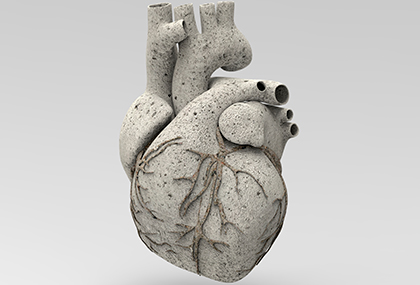The US Food and Drug Administration (FDA) has cleared the shockwave lithotripsy system to treat severely calcified plaque lesions.

The device uses a balloon to release pressure sound waves capable of passing through the softest material, and possibly rupture calcified plaque and optimize stent implantation.
As such, it has the potential to replace or, at least add to, the options available for these lesions, namely rotational atherectomy and orbital atherectomy. In this competition, a small detail should be noted: lithotripsy is significantly more expensive than both atherectomies, so its use must be rationalized.
Authors believe this new tool can improve the results without adding additional risks, thus expanding the population to be treated. The costs, with their different variables, will be adjusted over time. Its simplicity as regards use and the absence of a learning curve should do the rest.
The DISRUPT CAD III study was designed to include the same population, and the same definitions and endpoints, as ORBIT II (the orbital atherectomy pivot study).
Read also: The Most Read Articles of 2021: COVID-19.
This FDA publication and the Disrupt CAD III paper arrive late to the SOLACI archives; at the time this news emerged, we were focused on the pandemic and how to weather urgent cases during the storm.
This type of news that have been left on the back burner will gradually be published, as they can give us a lot to talk about and, above all, can significantly change how we do things.
j-jacc-2020-09-603Título original: La FDA aprueba la litotricia intravascular para lesiones calcificadas.
Referencia: Jonathan M. Hill et al. J Am Coll Cardiol 2020;76:2635–46 y aprobado por la FDA en febrero.
Subscribe to our weekly newsletter
Get the latest scientific articles on interventional cardiology





